10 Maryland Historic Towns Worth A Weekend Drive
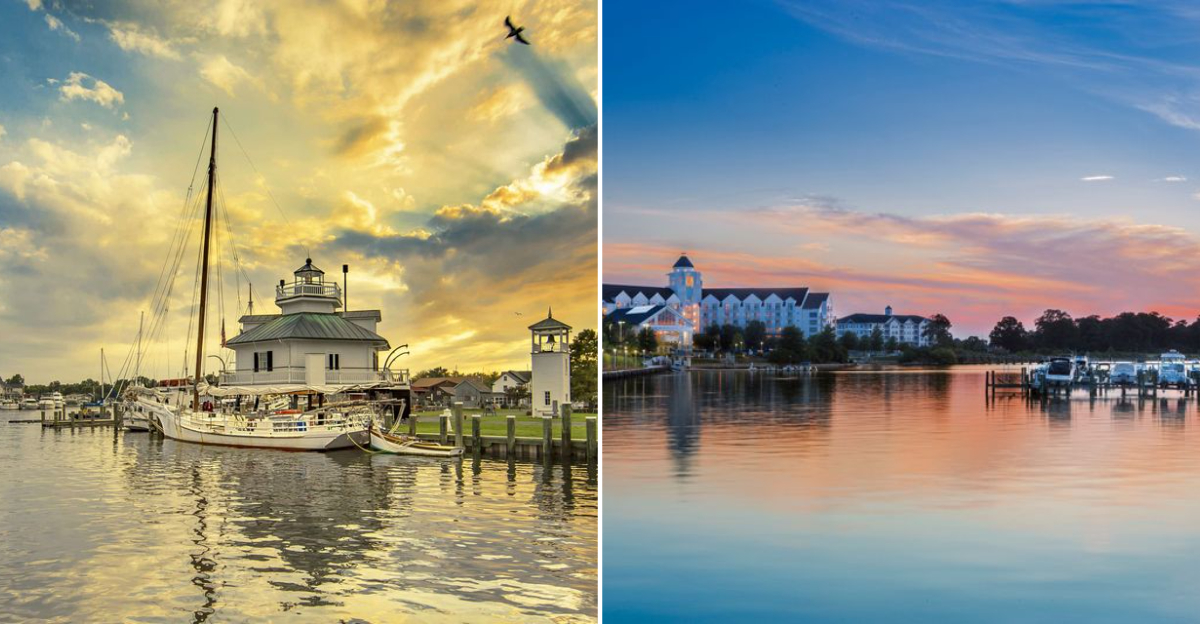
Maryland’s history stretches back centuries, leaving behind charming towns that feel like stepping into a time machine.
From cobblestone streets to waterfront harbors, these destinations offer more than just pretty views, they’re packed with stories, architecture, and local flavor that make any weekend adventure memorable.
Whether you’re craving fresh seafood, antique shopping, or just a break from the everyday hustle, these historic gems deliver exactly what you need.
1. Annapolis
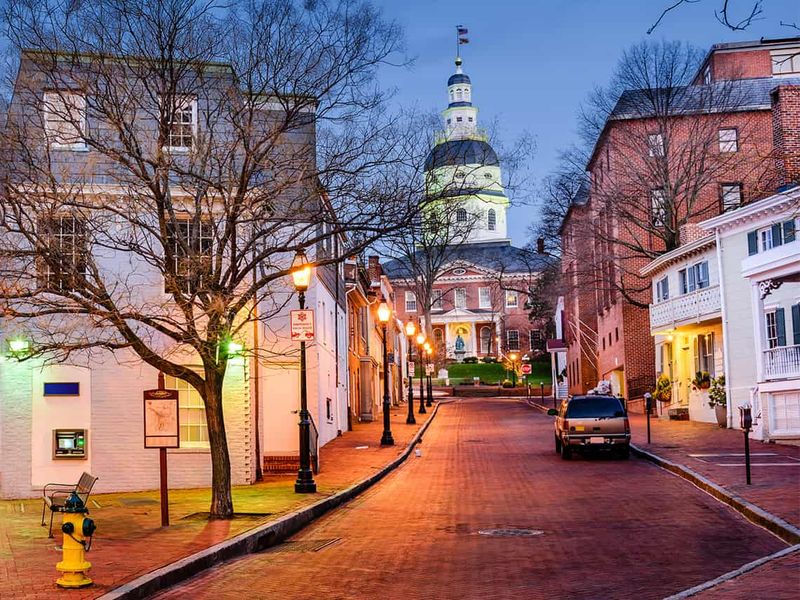
Sailing into Maryland’s capital feels like crashing a party thrown by the founding fathers—minus the powdered wigs. Annapolis boasts more 18th-century buildings than you can shake a tricorn hat at, including the stunning State House (construction began in 1772, completed in 1779, with the wooden dome added around 1794).
The streets wind around like they were designed by someone who lost a bet, but that’s part of the charm. Grab some crab cakes at one of the waterfront joints where locals and Naval Academy midshipmen rub elbows.
The city’s maritime legacy is impossible to ignore, with sailboats bobbing in the harbor like they’re auditioning for a postcard. History buffs will geek out over the colonial homes and museums tucked into every corner.
2. Frederick

Frederick’s downtown district is where antique shops and craft breweries have formed an unlikely but totally successful friendship. This town retains many of its 19th-century buildings that survived the Civil War, which means you’re walking past genuine architecture from that era while hunting for vintage treasures or the perfect IPA.
The spires of multiple churches pierce the skyline like exclamation points celebrating the town’s resilience. Carroll Creek Park runs through the heart of everything, offering a peaceful spot to decompress after exploring dozens of locally-owned shops.
Weekend farmers markets bring the community together with fresh produce and homemade goodies. Frederick manages to honor its past while embracing modern culture without feeling forced or fake.
3. Ellicott City
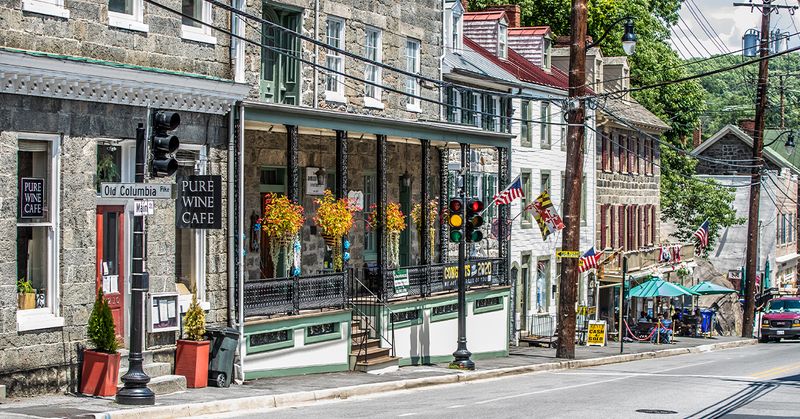
Gravity seems optional on Ellicott City’s Main Street, where buildings cling to a hillside like they’re afraid of sliding into the Patapsco River below. Founded in 1772, this mill town’s stone structures and narrow streets create an atmosphere that Instagram filters wish they could replicate.
The old railroad station—the nation’s oldest surviving passenger train station, dating to 1830–31—now serves as a museum instead of a departure point for steam engines. Quirky boutiques occupy spaces that once housed blacksmiths and general stores, selling everything from handmade jewelry to ghost tour tickets.
Yes, ghost tours—because apparently, historic towns come with spirits who refuse to check out. Recent floods have tested the community’s resolve, but the town keeps bouncing back with determination that matches its steep terrain.
4. St. Michaels

According to local legend, St. Michaels outsmarted the British during the War of 1812 by hanging lanterns in treetops, making cannonballs overshoot their targets. Whether that story’s completely true or embellished over centuries of retellings, the town earned its nickname “The Town That Fooled The British” and wears it proudly.
Today, the only thing getting bombarded here is your taste buds with fresh Chesapeake Bay oysters. The Chesapeake Bay Maritime Museum sprawls across 18 acres of waterfront, celebrating the region’s boating heritage with restored vessels and exhibits.
Strolling along the harbor, you’ll spot everything from working skipjacks to luxury yachts. St. Michaels balances tourist appeal with authentic charm better than most destinations manage.
5. Chestertown
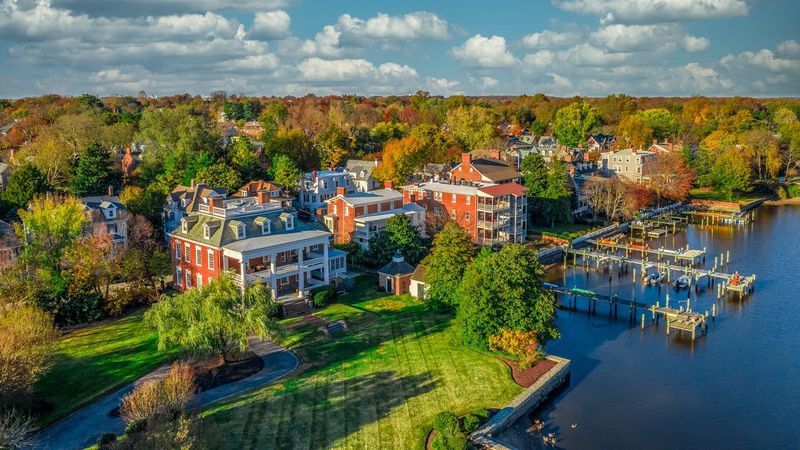
According to tradition, Chestertown threw its own tea party in 1774, proving that revolutionary spirit wasn’t exclusive to Boston. Every Memorial Day weekend, locals reenact this act of colonial rebellion by tossing tea into the Chester River while wearing period costumes—because why let history stay boring?
The town’s Georgian and Victorian buildings create a architectural timeline you can walk through in comfortable shoes. Washington College, founded in 1782, adds youthful energy to streets that have witnessed centuries of change.
The waterfront offers peaceful views where merchant ships once loaded tobacco bound for Europe. Chestertown’s compact size makes it perfect for a leisurely afternoon of poking into art galleries, cafes, and bookstores without needing a GPS.
6. Havre de Grace
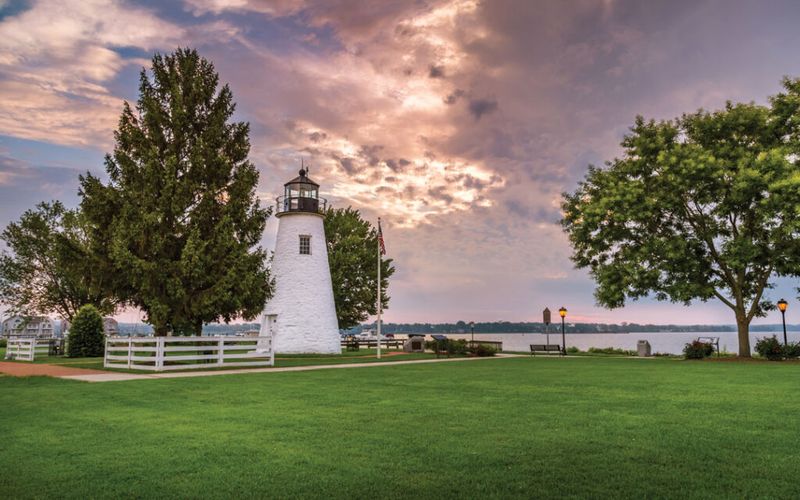
Perched where the Susquehanna River dumps into the Chesapeake Bay, local lore claims Havre de Grace nearly became America’s capital in 1789, though this story is debated among historians.
The town’s French name, meaning “Harbor of Grace,” is said to have been inspired by the Marquis de Lafayette, though that attribution is uncertain. Either way, the Concord Point Lighthouse has been guiding ships since 1827 with picture-perfect reliability.
The Promenade stretches along the waterfront, offering front-row seats to stunning water views and spectacular sunsets. Decoy carving has deep roots here, celebrated at the Havre de Grace Decoy Museum. Small-town friendliness combines with maritime history to create a weekend escape that feels genuinely welcoming.
7. Berlin

Berlin’s claim to fame includes being featured in the movie “Runaway Bride,” but locals will tell you the town’s real star power comes from its impeccably preserved Victorian architecture.
Main Street looks like a movie set even without Hollywood cameras rolling, with buildings painted in cheerful colors that make you wonder if a rainbow exploded in the best possible way. The town’s name has nothing to do with Germany—it’s pronounced BUR-lin, thank you very much.
Antique shops and boutiques occupy historic storefronts where general stores once served farming communities. Berlin’s proximity to Ocean City makes it a peaceful alternative for visitors who want coastal access without boardwalk crowds. The town radiates small-town authenticity that bigger destinations spend millions trying to manufacture.
8. Cumberland

Nestled in Maryland’s mountainous panhandle, Cumberland served as a crucial transportation hub when canals and railroads ruled commerce. The Western Maryland Scenic Railroad still offers vintage train rides through stunning Appalachian scenery, letting passengers experience travel the way great-grandparents did—minus the coal dust and questionable dining car food.
Downtown’s Victorian buildings tell stories of prosperity when the town was nicknamed “Queen City of the Alleghenies.” The C&O Canal Towpath ends its 184-mile journey from Washington, D.C. in Cumberland, making the town the canal’s historic western terminus.
Cumberland’s working-class heritage feels authentic rather than polished for tourism, which some visitors find refreshingly honest. Mountains frame every view, reminding you this corner of Maryland plays by different geographic rules.
9. Cambridge
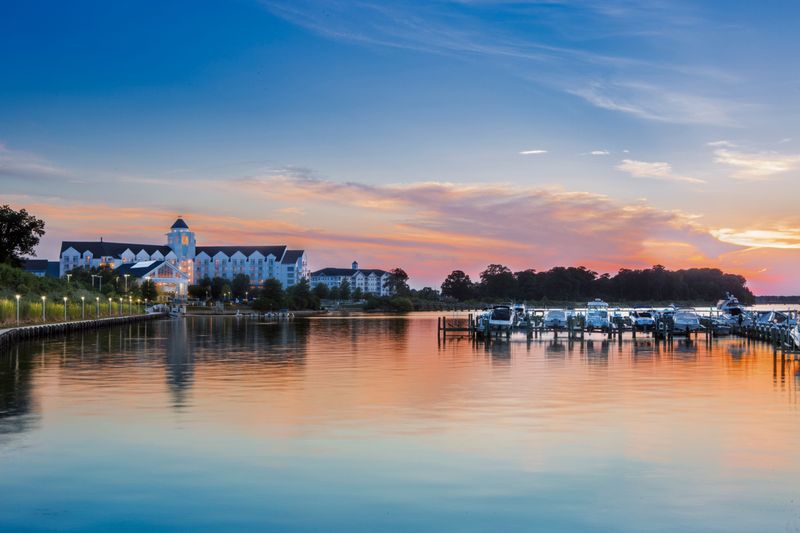
Cambridge’s connection to Harriet Tubman runs deep—the Underground Railroad hero was born in nearby Dorchester County and her legacy permeates the area through museums and heritage trails.
The town’s waterfront showcases the last commercial fleet of skipjacks, those distinctive sailboats that once dominated Chesapeake Bay oyster harvesting. Watching these wooden vessels against sunset skies feels like witnessing living history that refuses to retire gracefully.
High Street’s Victorian homes display architectural details that modern construction rarely bothers replicating. Cambridge moves at a slower pace than most Maryland towns, which is either its greatest asset or biggest drawback depending on your weekend goals.
The Choptank River provides constant scenic beauty whether you’re dining dockside or just wandering waterfront paths.
10. Oxford

Oxford operates America’s oldest privately-owned ferry service, shuttling cars across the Tred Avon River since 1683—the Oxford–Bellevue Ferry remains in operation today. This tiny town once rivaled Annapolis as a colonial port, exporting tobacco to England until the Revolutionary War tanked that business model.
Today, Oxford embraces its sleepy village status with zero apologies for lacking chain restaurants or big-box stores. Tree-shaded streets lead to waterfront views that real estate agents describe as “priceless” with good reason.
The Robert Morris Inn has been welcoming guests since the 1700s, offering lodging with more history than most museums. Oxford proves that sometimes the best weekend destinations are the ones tourists haven’t completely discovered yet.
